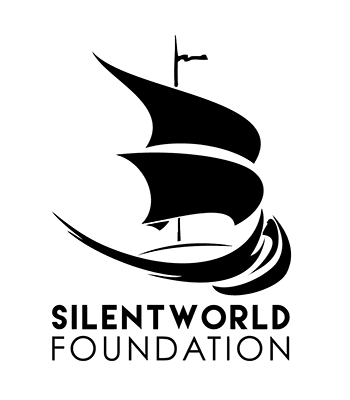Click any image to view in full resolution



Click any image to view in full resolution
Description:
Cleobulina Reveley arrived with her husband Henry Willey Reveley, Governor Stirling and the first settlers in Western Australia in 1829. Her husband, who drew a salary of £200 a year, was a civil engineer and was responsible for the design and construction of all government buildings and projects in the...
Read moreCleobulina Reveley arrived with her husband Henry Willey Reveley, Governor Stirling and the first settlers in Western Australia in 1829. Her husband, who drew a salary of £200 a year, was a civil engineer and was responsible for the design and construction of all government buildings and projects in the new colony.
On arrival, Governor James Stirling and his family were billeted in tents on Garden Island which they occupied from June to September 1829. During this time a temporary wooden building was erected as the first Government House in what is today Stirling Gardens. This temporary building was in use for several years until a Henry Reveley designed the first proper and permanent Government House was erected in 1834. This building was in turn demolished in 1887 to make way for the present-day Government House.
This painting is believed to be the only known image of the temporary wooden structure that served as the interim Government House between 1830 and 1834.
The artist depicts the building as the centrepiece of this image. As opposed to the rest of the work it has been drawn in very fine detail with precision draughtsman’s tools, and this may well be the work of her husband.
Cleobulina was the sister of the famous artist Copley Fielding and she shows considerable familial skill as her image here is the work of a very accomplished amateur. It depicts a delightful scene the modest regency villa in the background with a European couple and their two children mirrored by a similar Native Australian familly fishing with spears in the foreground.
A picture, attributed to Henry Willey Reveley, exhibited in Perth in the “Colonial Eye” (The Art Gallery of Western Australia (no 110)) bears striking stylistic similarities to the image here described. Painted on the verso of a letter sent to one of Cleobulina’s Fielding relations, its attribution to Henry is based on his having docketed the envelope (probably for free postage).
Read less